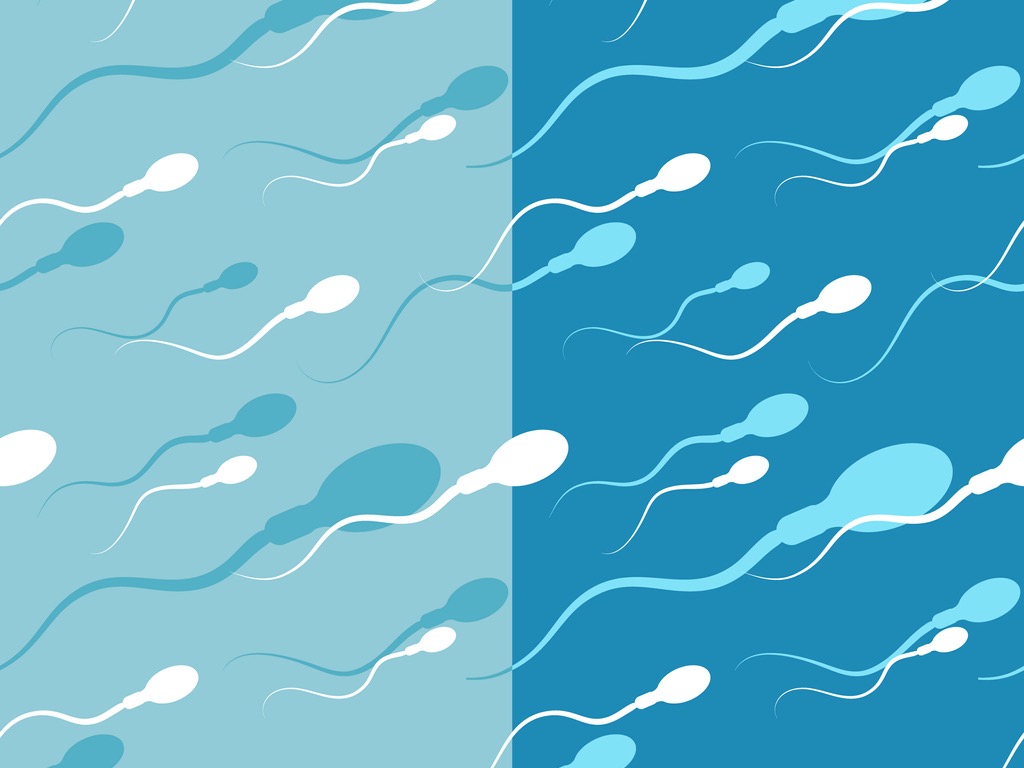Surrogacy
- If you and your female partner are using her own eggs, the IVF procedure will have to be timed so that once the eggs are retrieved, your surrogate’s womb is ready for the embryos to be transferred.
- The sperm and eggs will be combined in a special dish. The resulting embryos will be transferred to the surrogate’s womb – see “Step 5: Embryo transfer” on the IVF page.
- If you and your partner are using donor eggs, your collected sperm will be used to fertilize the donor’s eggs. These embryos will then be transferred into the surrogate.
- If you and your partner are using a traditional surrogate, intrauterine insemination will be used with your sperm or the donor’s sperm. In some cases, such as genetically testing the embryos, IVF may be performed.
- Birth. Some surrogates and parents choose to be in the same room during birth, while others do not. Talk to your surrogate early in the process and outline the decision in your legal contract.
- Cutting of the umbilical cord. You and your partner may want to cut the umbilical cord. However, make sure that you discuss this with your surrogate before the day of birth.
- Allowing the surrogate to hold the child after birth. While some people are afraid that allowing the surrogate to hold the child will make it more difficult for her to give the child to the intended parents, the opposite seems to be true. It is likely that the surrogate wants to hold the child to see it, and say goodbye. Again, you can discuss this with the surrogate beforehand and put it in the contract, so there are not any misunderstandings at birth.
- Post-birth. The relationship that you and your surrogate will have after birth is up to you.
Things to be aware of as you consider surrogacy :
- The disappointment of not being able to experience being pregnant. Instead of focusing on what you’re missing, try to focus on the unique process that you’re undergoing to build your family. While it may not be traditional, it does show your strong desire to bring that special baby into the world.
- The potential for a bad relationship with a surrogate. Usually, this can be avoided by laying out your expectations upfront and being honest with the surrogate.
- Anxiety related to not being ‘in control’ or connected to your growing baby at all times and needing to put trust in another person to carry out such an important job. Agreeing upon and establishing expectations about communication in advance can be helpful for both sides.
Egg donation
Basic medical steps of egg donation:
- Usually, your clinic will perform imaging of your partner’s uterus or a hysteroscopy to verify that the uterine cavity is normal. Your clinic may also run a mock cycle before you purchase the eggs or the donor is stimulated, to see if your partner’s lining will grow appropriately.
- Stimulating the donor. The donor will go through an ovulation induction cycle, which involves taking ovarian stimulating drugs for approximately two weeks. At the end of the stimulation cycle, the eggs are harvested from the donor. If you are using frozen eggs, this step will be replaced by the shipment process of the eggs to your clinic.
- Once the eggs are harvested from the donor, they will be combined with either your or your partner’s sperm (if you have a relationship with someone of the same sex) or donor sperm. Your partner’s womb will be prepared for the transfer.
- Genetic testing can occur at the embryonic stage.
- The embryos will be transferred to the womb.
- You’ll wait approximately two weeks (often referred to as ‘the 2-week wait’) to see if the transfer resulted in a successful pregnancy.
Pros of egg donation:
- The chance of pregnancy reflects the age of the donor, not the age of the intended mother.
- The chance of miscarriage, the risk of chromosomal anomalies, e.g. Trisomy 21, and the risk of birth defects reflects the age of the donor, not the age of the intended mother.
Cons of egg donation:
- The procedure relies on another woman to create the eggs. Some women are uncomfortable with the potential risks that these donors are taking for them.
- If you are using an anonymous donor:
- Research the clinic where the donor is donating. Ask about their stimulation protocols, rates of hyperstimulation, and their use of an agonist trigger to reduce the risk of ovarian hyperstimulation.
- Ask the clinic how many of their donors return to them to donate again – this may represent their satisfaction with their care. Beware of clinics that allow their donors to donate more than six times, as they may not be fully informing their donors of the risks to their future fertility.
- If you are using a known donor:
- Ask the clinic to consider an agonist trigger for your donor to reduce the risk of ovarian hyper-stimulation.
- Try to ensure that the donor’s concerns about her health are taken into account. These discussions are important to have with the counsellor.
- Things you can say:
- Thank you so much for agreeing to be my donor. We really appreciate you taking both the time and the energy to help us create our family. We also want you to keep your health in mind. Do you feel like you have a full understanding of the risks? Are there any concerns that you have about the donation?
- Ask the clinic to consider an agonist trigger for your donor to reduce the risk of ovarian hyper-stimulation.
- If you are using an anonymous donor:
Sperm donation
Basic medical steps for sperm donation:
- A regular IVF or IUI cycle will be performed.
- Donor sperm will be used instead of the intended parent’s sperm.
Pros of sperm donation:
- The donor will not be involved in the process, as most donors in Canada are anonymous.
- If the cause of infertility is determined to be because of poor quality sperm, the use of donor sperm can increase the chances of pregnancy.
Cons of sperm donation:
- There are few Canadian donors, and most sperm is imported from the United States.
- Using a sperm donor will increase the cost of the cycle, as you will have to purchase the sperm.
- Your potential child will probably not be able to have contact with the donor.
Embryo donation
Basic medical steps of embryo donation:
- Your doctor may perform imaging or a hysteroscopy to verify that your partner’s uterine cavity is normal. Basic prenatal lab tests will also be performed.
- Your doctor may also perform a mock cycle (practice cycle) before transferring any donated embryos. Your partner may be given certain drugs to prepare the womb to ensure that her uterus can respond normally to estrogen.
- Your partner’s uterine lining will then be prepared and the embryo(s) will be transferred.
- You’ll begin the 9-14 day wait to see if the transfer resulted in successful implantation.
Pros of embryo donation:
- Cost. Since the embryos are being donated, you generally will not have to reimburse the donating couple. Instead, you will only have to pay the shipping fees (if applicable) and the cost of the cycle for yourself.
- Religious or moral reasons. If you believe that embryos are the beginning of life, the ability to adopt an embryo will “save” unneeded embryos from destruction.











